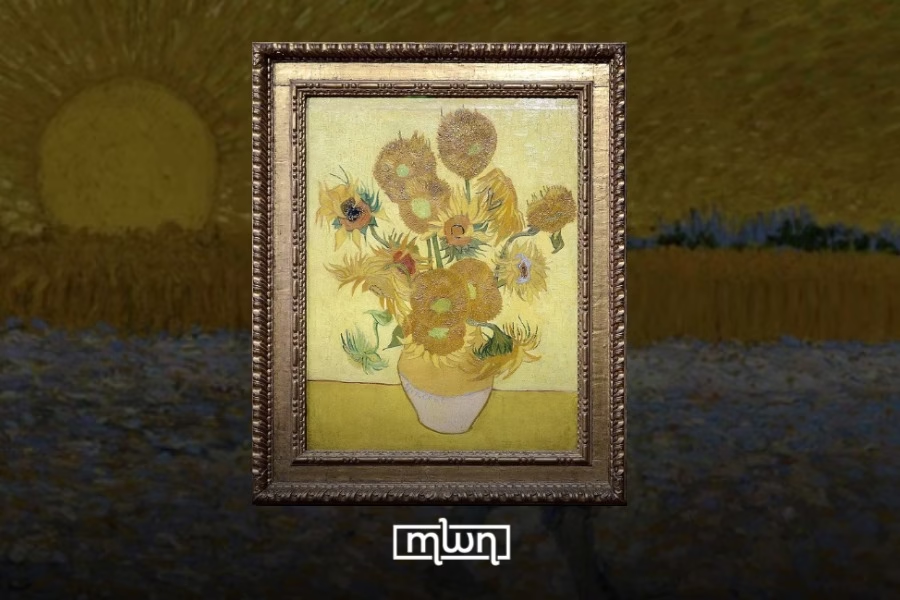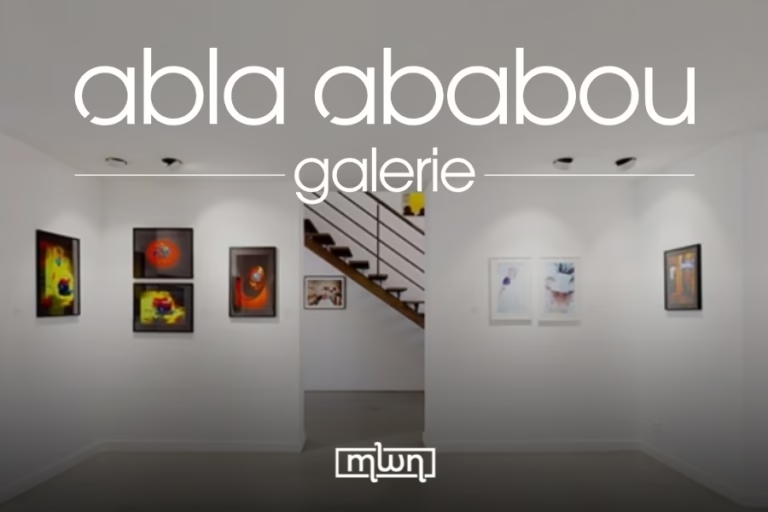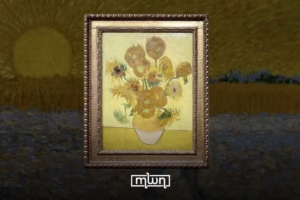Rabat – The “Sunflowers” series, one of Vincent Van Gogh’s most famous collection of paintings, made their first appearance in Paris in 1887.
Van Gogh painted twelve paintings in total in his Sunflowers series – four in Paris and eight in Arles, France.
These paintings gained even more widespread popularity in the 20th century, after the death of the renowned painter. They now are seen by thousands of Van Gogh enthusiasts around the world, deemed as one of his most recognizable series of paintings. But did you know the inspiration behind them?
According to historians, his paintings were a mix of artistic experimentation, personal symbolism, and practical considerations.
The painting in itself were also gestures of friendship towards his fellow friend and artist Paul Gauguin, used to decorate the house that they lived in together, depicted in his work “Yellow House.”
The cryptic meaning of Van Gogh’s Sunflowers also symbolize gratitude, friendship, and the beauty of life. He manifested his painting to express positivity and warmth, calling them “happy faces,” he also regarded sunflowers as a symbol of light and an ideal of an honest life lived close to nature, describing the paintings as “almost a cry of anguish while symbolizing gratitude in the rustic sunflower” revealing how the motif brought him comfort during troubled times.
Beyond their significance in life, sunflowers were part of Van Gogh’s legacy.
When he tragically passed away in 1890, friends honoured him by bringing sunflowers to his funeral, a fitting tribute for the man who wished to be forever associated with these bold blooms.
















